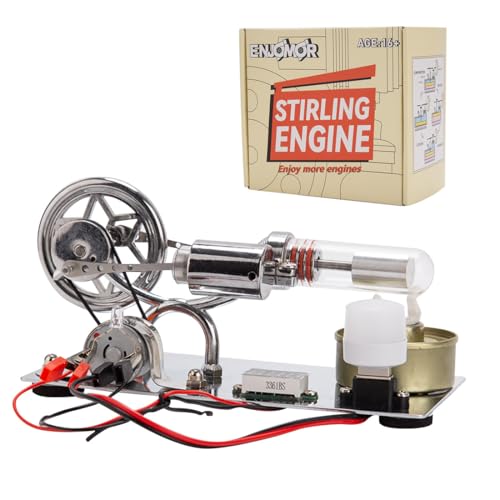Spent the day today getting the flywheel pieces ready for milling the spokes. I have an old Atlas 4" 4-jaw chuck which I attached to my small rotary table so I could hold the flywheel centers for the milling operation.
Here is one of the 4" x 4" x 3/8" aluminum blanks for the flywheel centers.
And here's what they look like with the corners cut off.
I applied some adhesive backed sandpaper to my 5C collet holder and mounted it in the lathe.
Then mounted the blank in the lathe with a live center pressing it against the sandpapered collet chuck.
Here's the two blanks after they're turned round.
I scribed circles showing where the recess will be turned. If you look at the inside of the steel ring, you can see a shallow shoulder near the bottom. The aluminum blank will rest on this when assembled.
After cutting the recesses, I centered the blanks in the 4 jaw chuck on the rotary table.
After centering the spindle over the centet hole in the blank, I moved the work in the Y direction about .28". This positions it to make a radial spoke cut leaving about .030" extra meat for later clean up. A few notes here. The end mill is a 1/4" HSS roughing mill. The spokes on these flywheels will be straight since I like straight spokes better than tapered and the Fairbanks looks to have straight spokes. They are also easier to make, since I can make all the radial spoke cuts without repositioning the rotary table.
I positioned the cutter over the inner extreme of travel and set the right X-travel stop.
Then I cranked the table to the outer travel limit and set the left x-travel stop.
Here's a peak at the table lock which prevents the table from rotation during the milling operation.
And here's an overview of the setup I'll be using tomorrow to make a video of the spoke cutting operation.
That's it for today.
Chuck
































































![DreamPlan Home Design and Landscaping Software Free for Windows [PC Download]](https://m.media-amazon.com/images/I/51kvZH2dVLL._SL500_.jpg)


















